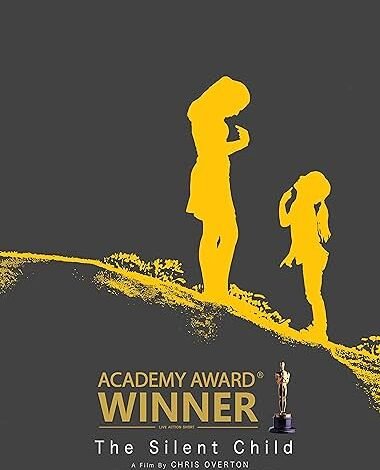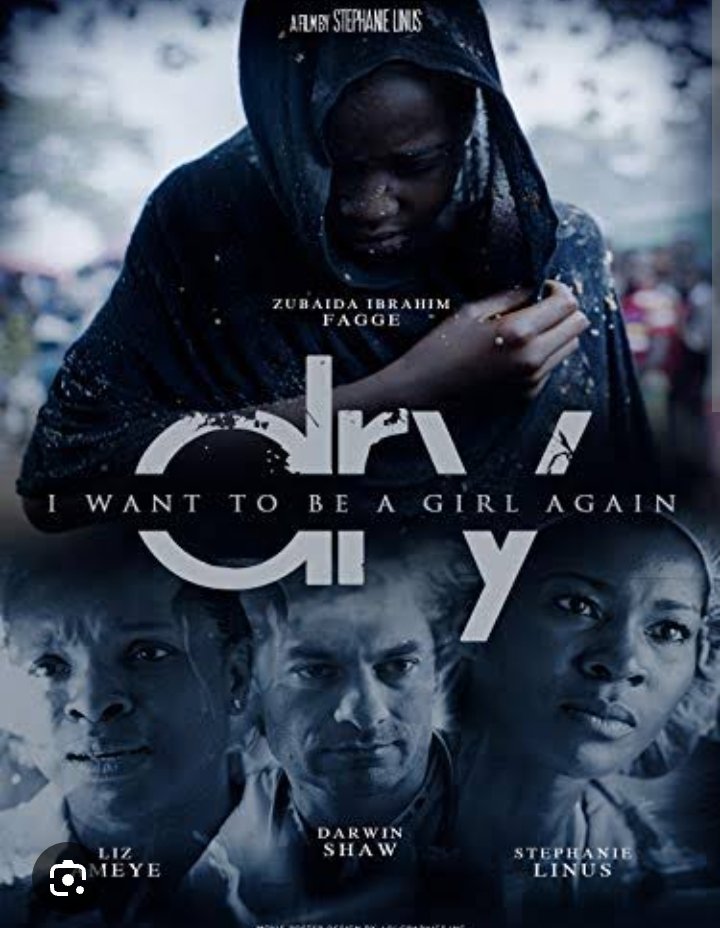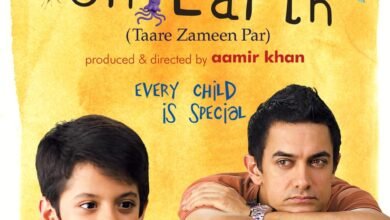A Comprehensive Review of The Silent Child

Introduction:
The Silent Child is a deeply moving short film directed by Chris Overton and written by Rachel Shenton. The film, which won an Academy Award for Best Live Action Short Film in 2018, tells the poignant story of a young deaf girl, Libby, and the challenges she faces due to a world that fails to accommodate her needs.
The story follows Libby, a four-year-old girl born into a middle-class family who struggles to communicate due to her profound deafness. Her parents, particularly her mother, Sue, are unaware of how to support her, assuming she will ‘catch up’ with other children by lip-reading. When Joanne, a compassionate sign language specialist, enters Libby’s life, she introduces her to British Sign Language (BSL) and unlocks a world of expression for her. However, Libby’s progress is abruptly halted when her mother refuses to continue with sign language lessons, opting instead for an oral approach that alienates Libby further.
Themes Explored in the Film
1. Communication and Isolation
A central theme in the movie is the profound impact of communication on a child’s development. Libby is surrounded by a family that loves her but is unable to connect with her due to their ignorance about deafness. The film highlights how children, especially those with disabilities, can become isolated when society does not make an effort to understand their world.
2. Parental Expectations vs. A Child’s Needs
The film portrays the conflict between what parents believe is best for their children and what the children need. Sue represents many parents who, though well-meaning, impose their expectations without truly considering their child’s individual needs. Her reluctance to embrace sign language stems from societal stigma and a desire for her daughter to fit into the ‘hearing world.’
3. The Power of Inclusion and Support
Through Joanne’s character, the movie advocates for the importance of early intervention, specialized support, and inclusion for deaf children. Joanne’s passion and dedication contrast sharply with the passive and dismissive attitude of Libby’s parents, emphasizing how a single person’s effort can make a world of difference in a child’s life.
4. The Struggles of Children with Disabilities
The film raises awareness about the daily struggles faced by children with disabilities. Libby’s story is representative of thousands of children worldwide who suffer from a lack of accessible education and support services, leading to frustration and emotional distress. the movie highlights how societal attitudes and systemic neglect contribute to the marginalization of children with disabilities.
Conclusion
The Silent Child is not just a film; it is a call to action. It urges parents, educators, and policymakers to prioritize accessibility and inclusivity in education and daily life. It stresses the need for early intervention programs, sign language education, and greater awareness about the challenges faced by deaf children. More importantly, it reminds society that every child, regardless of their ability to communicate verbally, deserves to be heard and understood.





